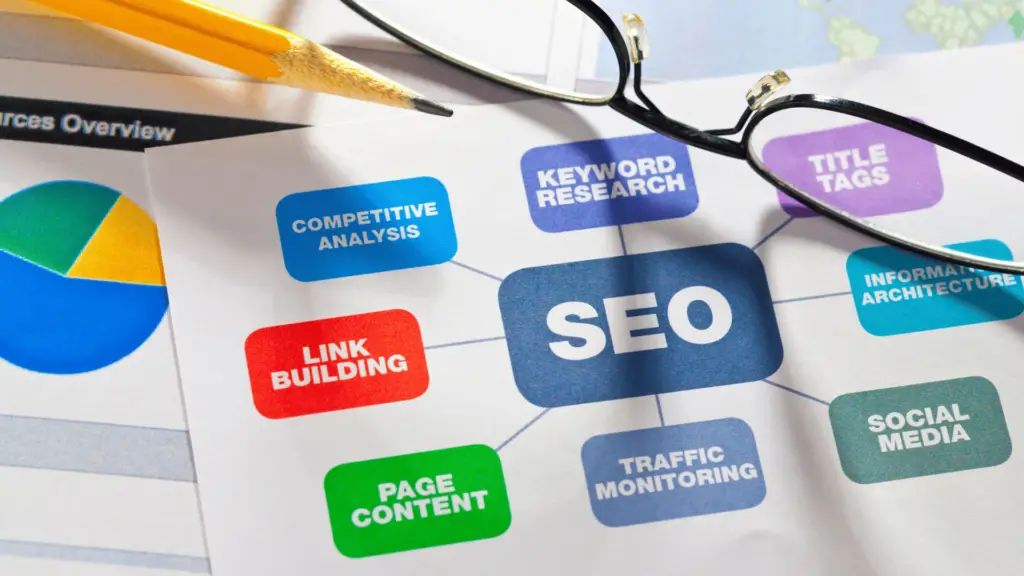In the fast-paced world of digital marketing, many businesses make the mistake of treating SEO (Search Engine Optimization) as a one-time effort. After implementing an SEO strategy and seeing a bump in rankings, traffic, or conversions, it can be tempting to assume the job is done. However, the reality is that SEO is an ongoing process that requires consistent attention, testing, and refinement. To remain competitive and keep your online presence strong, SEO can never be set on autopilot.
SEO isn’t static. It’s a constantly evolving practice that adapts to changing search engine algorithms, market trends, user behavior, and technological advances. Here’s why SEO must be treated as an ongoing effort—and how businesses can leverage continuous optimization for sustained digital marketing success.
SEO Is Constantly Evolving
Search engines like Google are continuously refining their algorithms to enhance user experience. With regular updates—sometimes multiple times per year—these algorithms prioritize new ranking factors that reward high-quality, relevant, and user-focused content. One of the biggest mistakes businesses can make is assuming their SEO efforts are enough once they’ve gained initial rankings. What worked a few months ago may not work today, and what’s successful now could become outdated tomorrow.
Google’s most recent updates, such as BERT (Bidirectional Encoder Representations from Transformers) and Core Web Vitals, have shifted the focus to content relevance, user experience, and technical performance. SEO strategies that worked even a few months ago might become obsolete if they don’t adapt to these changes. This is why ongoing optimization is essential—search engines are always evolving, and businesses need to stay aligned with the latest requirements.
For example, with the introduction of Core Web Vitals, Google began emphasizing the user experience, such as website loading speed, interactivity, and visual stability. Websites that were once ranking well could experience drops in their rankings if they don’t meet these new user-centric standards. Keeping up with these changes and regularly optimizing your site accordingly ensures that your SEO strategy remains effective.
Competitive Pressure Demands Constant Attention
Digital marketing is highly competitive, especially in crowded markets. Every business is vying for top positions in search engine results pages (SERPs). As your competitors continue to invest in their digital marketing strategies and improve their SEO, you must do the same to maintain your spot or stay ahead.
Ongoing SEO optimization allows businesses to monitor shifts in rankings, see what competitors are doing, and pivot their strategies to maintain an edge. Without this proactive approach, businesses risk losing their hard-earned rankings to competitors who are constantly improving their content, keywords, and backlink profiles.
Imagine this scenario: Your website has ranked in the top 5 for a competitive keyword for months, but after several months, your rankings begin to slide. Without ongoing SEO efforts—like analyzing keyword performance, adding new content, or gaining more authoritative backlinks—your competitors may overtake you. By continually optimizing your website, you ensure that your digital presence remains strong and your position is protected.

Algorithm Updates Can Cause Major Ranking Shifts
Google, and other search engines, regularly push out algorithm updates that can drastically affect how websites rank. Some of these updates are significant, often referred to as “core updates,” which can completely reshape the digital landscape. Websites that were once ranking on page one may suddenly drop in position, while others may rise.
For example, the mobile-first index shift prioritized mobile-friendly websites, meaning if your site wasn’t optimized for mobile, your rankings could have taken a hit. Similarly, the Google BERT update aimed at understanding natural language better, affecting how content is ranked based on relevance to user queries. These types of updates don’t necessarily change SEO rules overnight, but they can drastically affect your current ranking if your site doesn’t align with the new factors.
This is why ongoing SEO is crucial—when these updates occur, it’s important to re-evaluate your SEO strategy, identify gaps in content or technical SEO, and adjust accordingly. Monitoring algorithm updates and implementing changes can help prevent any drastic drops in rankings and traffic.
Fresh Content Fuels SEO Success
Google loves fresh, relevant content. Regularly publishing blog posts, articles, product updates, and more is an effective way to keep your site visible in search engine results. Content that’s continually refreshed signals to search engines that your website is active and relevant, which can improve your rankings.
While evergreen content (content that remains relevant over time) is essential for SEO, regularly updating your existing blog posts, adding new case studies, or writing about current industry trends can provide even more opportunities for optimization. Google rewards sites that publish new content regularly, so businesses should focus on both optimizing existing content and creating new content that aligns with their audience’s needs.
Moreover, user intent and trends evolve over time. Keywords that performed well last year may not be as effective today. By continuously optimizing content to reflect current search trends, you ensure your website remains a valuable resource for your audience. It’s also important to perform keyword research periodically to identify new opportunities for ranking.
Technical SEO: Keeping Your Website in Shape
Technical SEO is an essential, often overlooked, aspect of optimization. It involves optimizing the technical structure of your website to ensure search engines can crawl and index it efficiently. While some technical issues can be handled during an initial SEO setup, they should be revisited regularly to keep your site in optimal shape.
For instance, website loading speed, mobile-friendliness, SSL certificates, and crawlability all impact how well your site performs in search rankings. Failing to fix broken links, improve page speed, or ensure your site is fully optimized for mobile can lead to poor rankings and higher bounce rates. Regularly checking for and resolving these issues is critical to maintaining an effective SEO strategy.
In addition, ensuring your website adheres to the latest SEO best practices—like implementing schema markup, fixing 404 errors, or setting up redirects—will help ensure that search engines can easily crawl and understand your website. Ongoing technical audits are necessary for maintaining high levels of site performance and keeping your SEO in top form.
Performance Tracking: Measure and Improve Continuously
One of the greatest benefits of SEO is the ability to track performance. With tools like Google Analytics, Google Search Console, and other SEO tracking software, businesses can see how their SEO efforts are performing in real-time. Tracking performance gives you valuable insights into organic traffic, keyword rankings, conversion rates, bounce rates, and more.
However, this isn’t a one-time task. You need to regularly check your SEO performance, compare it to your goals, and adjust your strategy as necessary. For example, if certain keywords are underperforming, you may need to create additional content or adjust the content around those keywords to boost your ranking. Alternatively, if you’re seeing a high bounce rate, you might need to improve user experience factors like site speed or content relevance.
Ongoing performance tracking allows you to make data-driven decisions, which helps refine your SEO efforts and ultimately improves results over time.

SEO Brings Long-Term Value
SEO is often considered a long-term investment, and its results are cumulative. While PPC (pay-per-click) campaigns or other digital marketing strategies may drive instant traffic, the value of SEO lies in its sustainability. Ongoing SEO optimization can lead to consistent traffic over time, which can help build brand authority, increase conversions, and generate long-term revenue without continuously paying for ads.
While other digital marketing tactics like social media marketing or email campaigns may require frequent spending, SEO offers a more cost-effective solution that continues to deliver results over the long term. By continually refining your SEO strategy, you ensure that your business maintains a steady stream of organic traffic without needing to spend constantly on paid advertising.
SEO is not a one-time task; it’s an ongoing process that requires consistent attention, testing, and refinement. Search engines continuously evolve, and so should your SEO strategy. From algorithm updates to fresh content creation and technical audits, the SEO landscape is ever-changing. Businesses that treat SEO as an ongoing priority are better positioned to stay ahead of their competitors and maintain long-term digital success.
For businesses looking to improve their search engine rankings, drive more traffic, and increase conversions, ongoing SEO optimization is key. Digital marketing firms can help create and implement a strategy that evolves with the digital world and continues to drive measurable results. If you’re ready to take your online presence to the next level, consider investing in continuous SEO optimization for long-term growth.
Whether you’re looking to improve your local SEO strategy or enhance your overall digital marketing efforts, working with an expert in SEO can help you stay ahead in the ever-competitive online landscape. Reach out today to discover how ongoing SEO optimization can help you achieve long-term business success.
